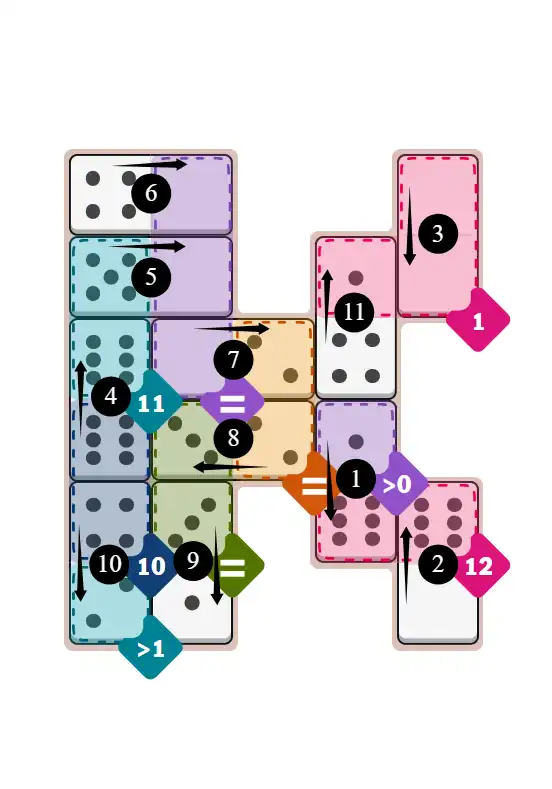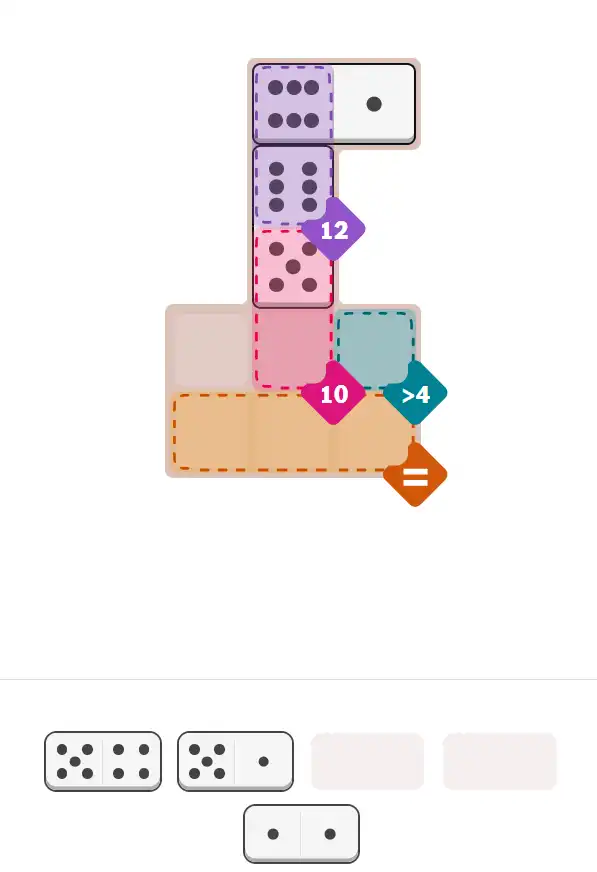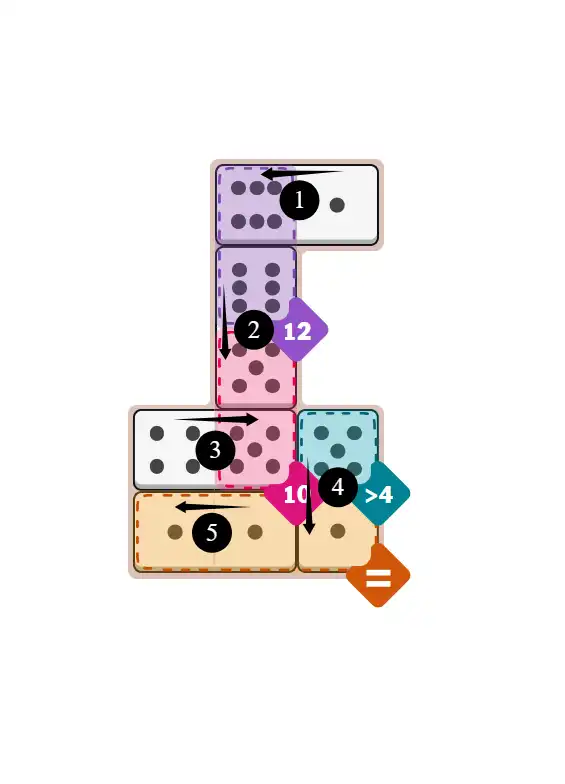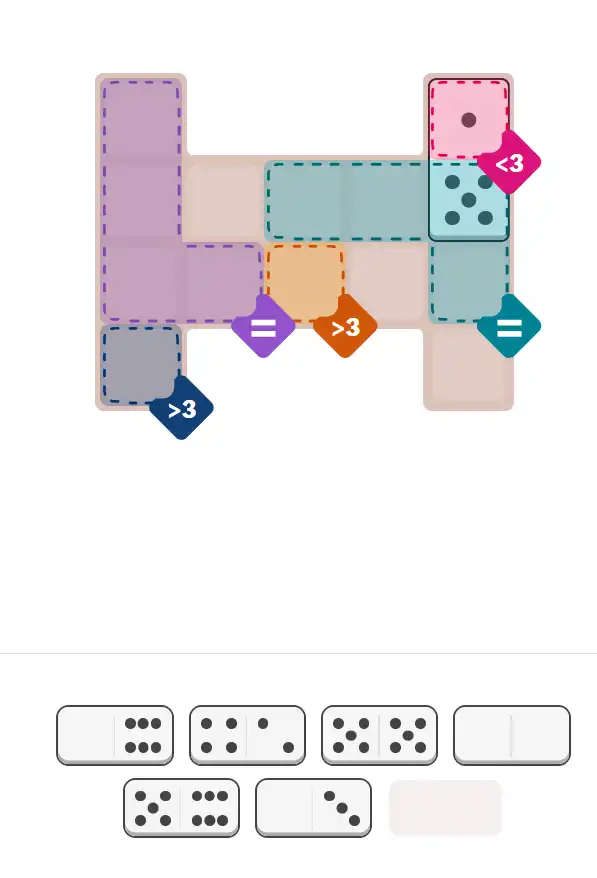🚨 SPOILER WARNING
This page contains the final **answer** and the complete **solution** to today's NYT Pips puzzle. If you haven't attempted the puzzle yet and want to try solving it yourself first, now's your chance!
Click here to play today's official NYT Pips game first.
Want hints instead? Scroll down for progressive clues that won't spoil the fun.
🎲 Today's Puzzle Overview
Start your Monday, November 24, 2025, with a fresh trio of Pips NYT puzzles—a lineup built for solvers who enjoy sharing smart observations, comparing solving paths, and celebrating those clever, collective “we cracked it!” moments.
Edited by Ian Livengood, today’s set brings together three distinctive puzzle voices:
Easy #331 by Ian Livengood, Medium #332 by Rodolfo Kurchan, and Hard #333 also by Rodolfo Kurchan.
Each puzzle offers its own style of community-friendly logic.
The Easy grid blends a 12-sum region, a 10-sum region, and a compact equals cluster—perfect for quick deduction and collaborative back-and-forth discussions. Its balanced layout makes it ideal for comparing early-route strategies or sharing a clean, elegant Pips Hint with other solvers.
The Medium puzzle expands the reasoning space with multi-cell equals groups, targeted constraints such as less-than-3 and greater-than-3, and several empty cells that encourage debate on optimal domino placement. It’s the kind of grid where strategy conversations naturally form: “Which region anchors the solution first?”
The Hard puzzle closes the trio with layered equals clusters, tightly structured sum-11, sum-10, and sum-12 regions, and an important greater-than-0 constraint that often triggers those memorable “a-ha!” discovery moments—especially when solvers compare how they reached the same insight from different angles.
Whether you're posting your favorite Pips Hint, sharing how you unraveled those equals blocks, or uploading a screenshot of your polished final grid, November 24 delivers a puzzle set rich with talking points, strategy swaps, and satisfying reasoning moments for the entire Pips community.
Written by Joy
Puzzle Analyst – Mark
💡 Progressive Hints
Try these hints one at a time. Each hint becomes more specific to help you solve it yourself!
🎨 Pips Solver
Click a domino to place it on the board. You can also click the board, and the correct domino will appear.
✅ Final Answer & Complete Solution For Hard Level
The key to solving today's hard puzzle was identifying the placement for the critical dominoes highlighted in the starting grid. Once those were in place, the rest of the puzzle could be solved logically. See the final grid below to compare your solution.
Starting Position & Key First Steps

This image shows the initial puzzle grid for the hard level, with a few critical first placements highlighted.
Final Answer: The Solved Grid for Hard Mode

Compare this final grid with your own solution to see the correct placement of all dominoes.
🔧 Step-by-Step Answer Walkthrough For Easy Level
🔧 Step-by-Step Answer Walkthrough For Medium Level
🔧 Step-by-Step Answer Walkthrough For Hard Level
🎥 Quick Domino Reveal | Pips NYT Puzzle Trick – November 24, 2025
Start solving, share your time in the comments, and tag a puzzle partner who’d love this moment.




💬 Community Discussion
Leave your comment